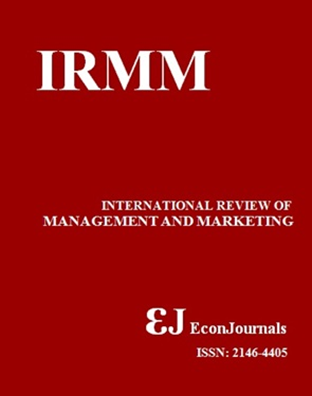Mapping the Terrain of Business Education
Abstract
Business education is one of the most sought-after and widely appreciated branches of higher education. It ropes in discipline and dedication in equal measure while imparting teaching and learning. It stimulates economic rollout and business culture with a view to enhancing the interest of all the stakeholders. In the nineties, business education was more focused on imparting state of art education which greatly enhanced overall performance and perception of business as an academic discipline. Today it has widened its horizon to withstand the challenges posed by globalization, open innovation, corporate renewal and venturing. The scenario has changed drastically; emphasis on functional business is now replaced with working with cross multi discipline teams, and here technology plays major role not only in business education but also in higher education. Business education focuses on identifying opportunities in technology entrepreneurship, and commercial employability skills these are traits required by the industries. This research paper will identify and clearly spell out a futuristic approach of business education approximately a decade from now, by visualizing and analyzing the shift of business education direction through analyzing the past and present scenario in business schools.Keywords: Business Education, Collaborative, Fresh Thinking, Stakeholder.JEL Classifications: M0; M1; O3Downloads
Published
2017-01-13
How to Cite
Faridi, M. R., Arif, S. M., & Kumar, H. (2017). Mapping the Terrain of Business Education. International Review of Management and Marketing, 7(1), 257–264. Retrieved from https://econjournals.com/index.php/irmm/article/view/3344
Issue
Section
Articles




